ETL vs ELT: Key Differences, Benefits & Use Cases Explained
It's amazing to see how Data teams today are racing ahead - moving from traditional warehouses to cloud-native platforms, lakehouses, and real-time architectures. But in this rush,...
The Customer is a US-based leading e-Marketing firm that primarily focuses on building sites and apps for mobile devices and marketing them innovatively. The customer spans its operations from building property-based sites to business websites designed for commercial purposes.
The survey management system used by the customer was a legacy system. The customer faced many issues and complexities while managing such system. The existing surveys had the integrated data from external parties and was quite difficult to manage. Taking continuous follow-up from the existing customers for new products released, managing monthly billings, integrating using new technologies was a big challenge. This made customer reconsider this system and redevelop it using advanced technologies.
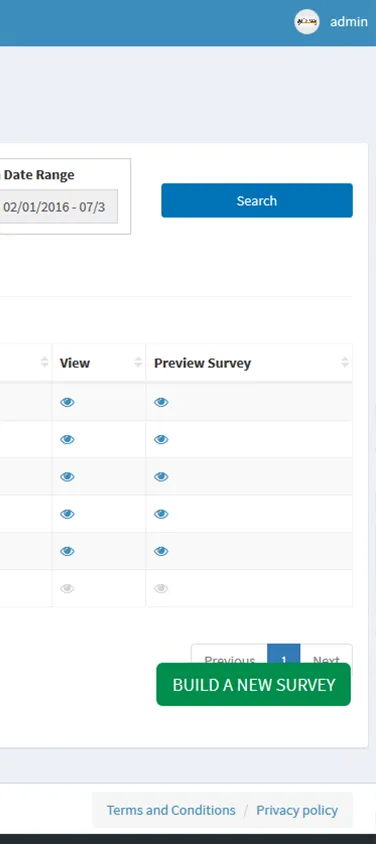
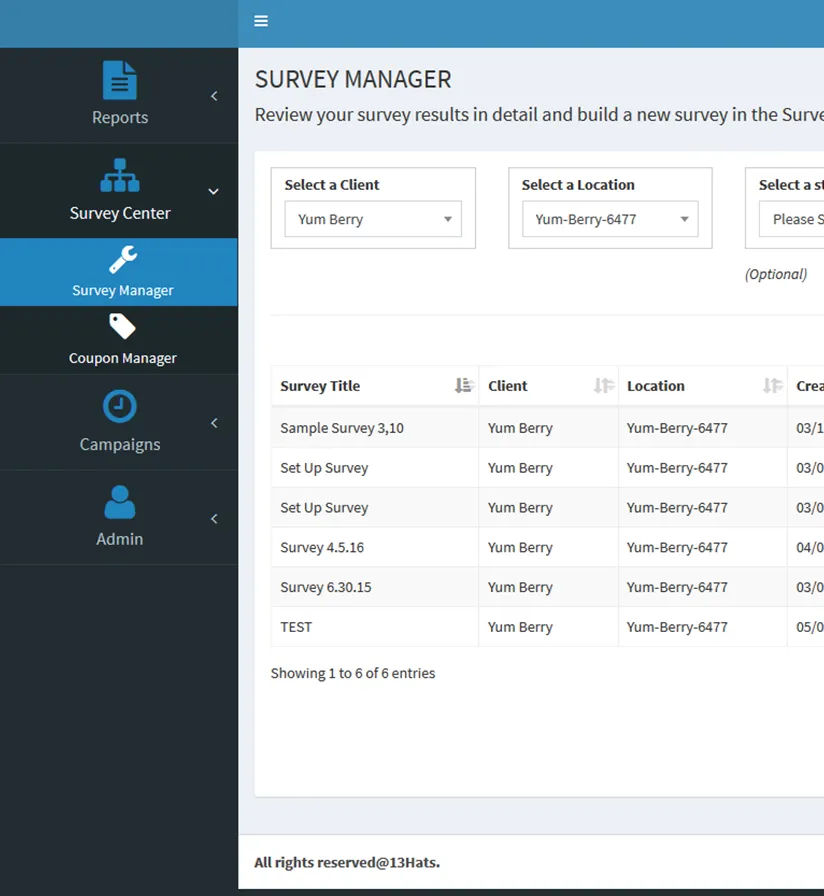
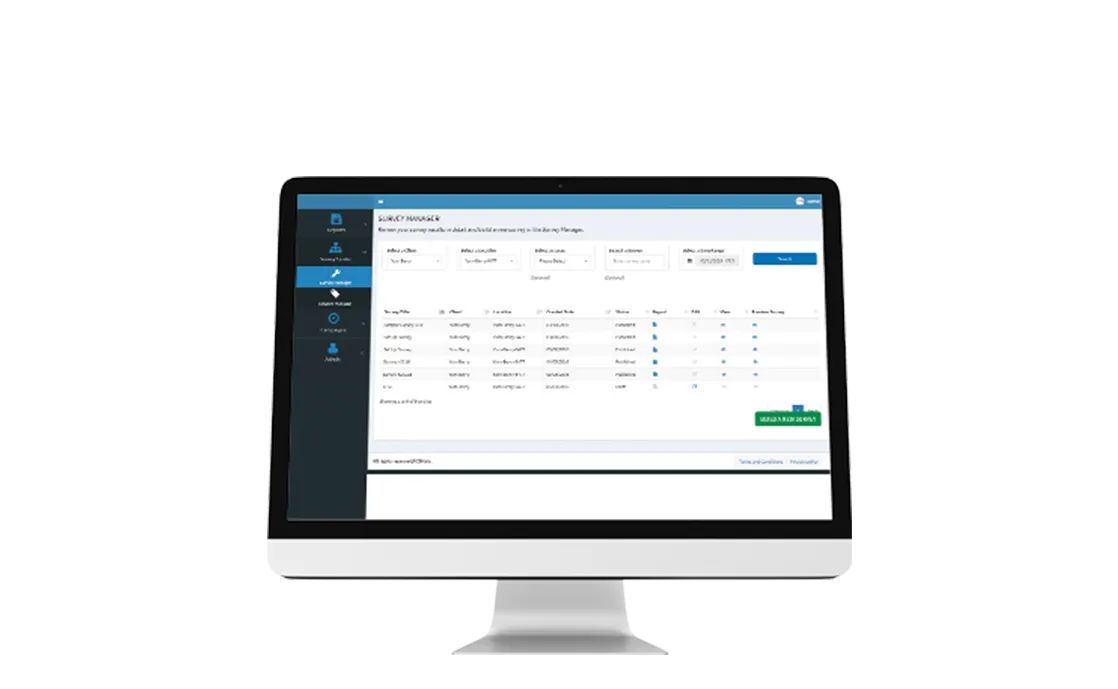
We encourage you to contact us with any questions or comments you may have.
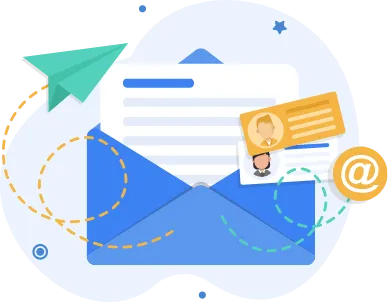
iFour Technolab Pvt. Ltd., a leading .NET Development Company, built a revamped survey management system comprised of these
As a reliable software development company, we help clients with top-quality software solutions developed using various technologies. Clients can hire Angular developers, .NET experts, and other diligent professionals for custom software solutions fitting their business needs.
Role-based Access to users based on the roles assigned to them.
A secure payment gateway to manage monthly billing cycles of customers.
Survey designer module to seamlessly build accurate surveys.
Conditional Wi-Fi connectivity for customers after filling up the survey.
"Coupons management system" to create customized coupons according to the user requirements.
"Campaign designer" helps in designing attractive campaigns based on advertisement needs.
"Survey Scheduler" builds and schedules campaign and surveys for end-users.
Customized and robust reporting module enable users to perform survey, market and client analysis.
Summary reports help to get information of customers using surveys, coupons and campaigns created by the customers.
Survey reports enable users to perform statistical analysis on customer responses.
Customer reports provide detailed information on customers, also enlisting the usage of Wi-Fi and coupons by these customers.
Our experts built an integrated solution to overcome obstacles faced by customers. This legacy system was re-developed using updated technology stack and automated essential processes such as customer billing and payment processes. In addition, we integrated the system with Wi-Fi connectivity to restrict user access based on conditional rules.
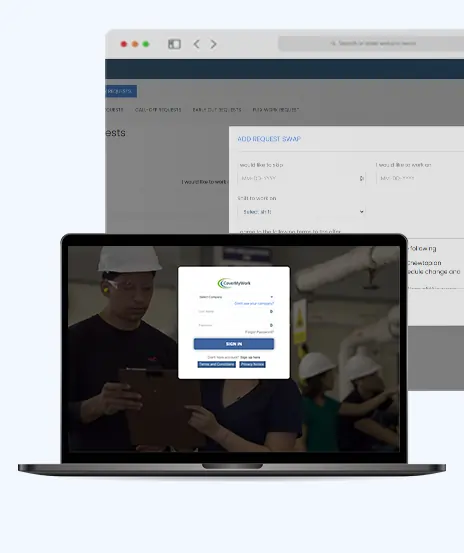
In any organization, it is difficult for managers to create and manage schedules, given people’s preferences and availability, especially while working in shifts. This problem gets exacerbated when faced with shift swap requests, sick calls, no-shows,...
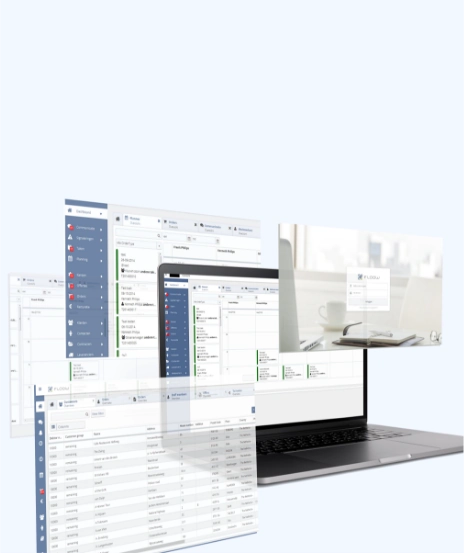
About Customer The client offers various software solutions that help the companies to strategize their business to elevate its relationship with their customers. They specialize in providing the best range of Point-Of-Sales systems along with...
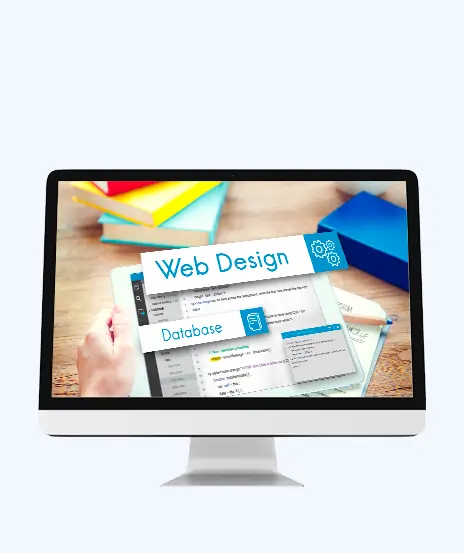
About Customer Customer is a leading consultant in United States that has a focus to bring about an innovative online platform that provides a place for hang out with different people. It is achieving a huge potential of growth and prosperity...
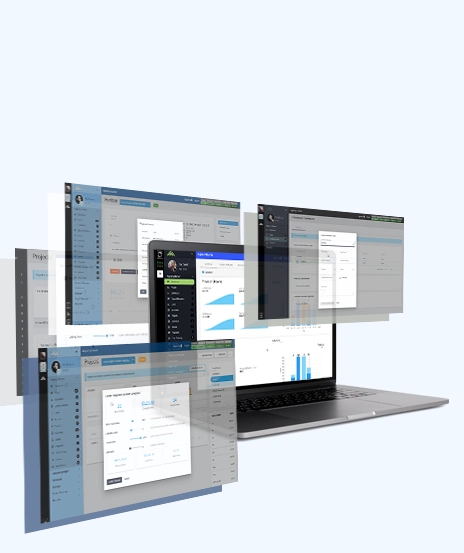
Running a freelance business is more than just being a contractor with an LLC. To build a sustainable business, you need to recruit talent, establish marketing channels, build a sales pipeline, manage accounts, dispatch work orders, send proposals, manage...
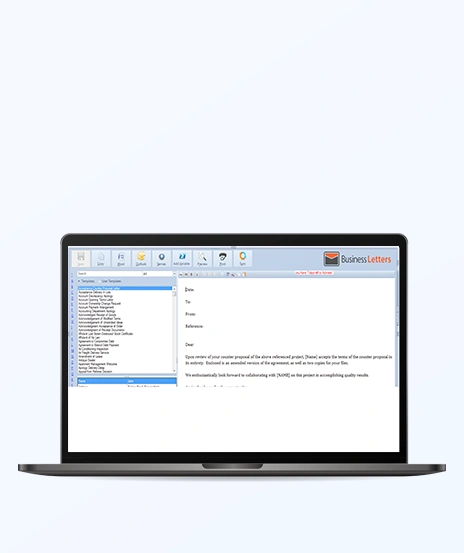
About Customer Customer is a global information service provider based in Melbourne, Australia. Customer specializes in providing productivity improvement products to SMBs (Small and Medium Businesses). Customer provides sustainable solutions...
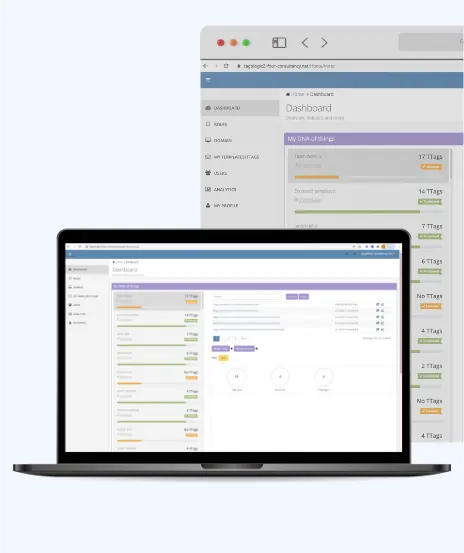
About Customer Customer is an innovator of model that uniquely identifies every physical and logical objects in the world. Customer is based in the Netherlands and has patented this model of uniquely identifying objects. Unique identifier specifies...
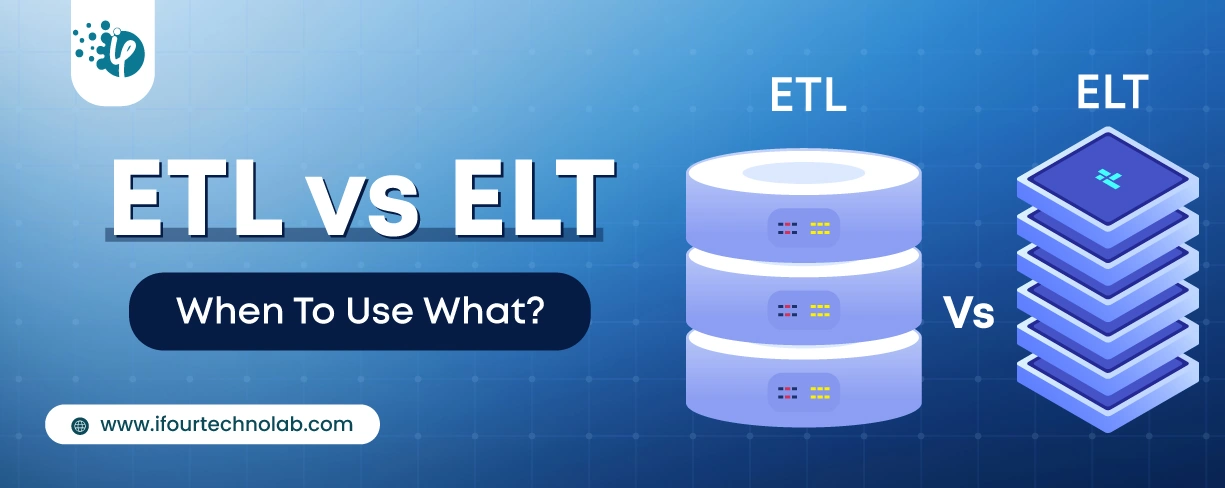
It's amazing to see how Data teams today are racing ahead - moving from traditional warehouses to cloud-native platforms, lakehouses, and real-time architectures. But in this rush,...
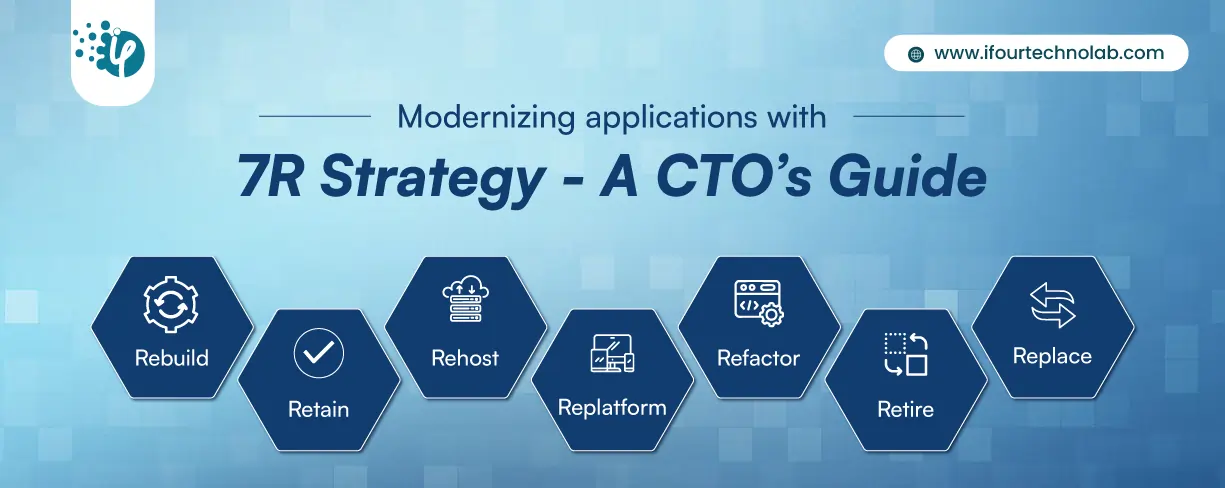
Think about the last time CTOs spent most of their time fixing old systems. Updates were slow, servers were expensive, and adding new features took time. Now, things have changed....

According to HackerOne, fixing a security issue after software is released can cost 30 times more than fixing it during development. Today, CTOs take a different approach. Shift...